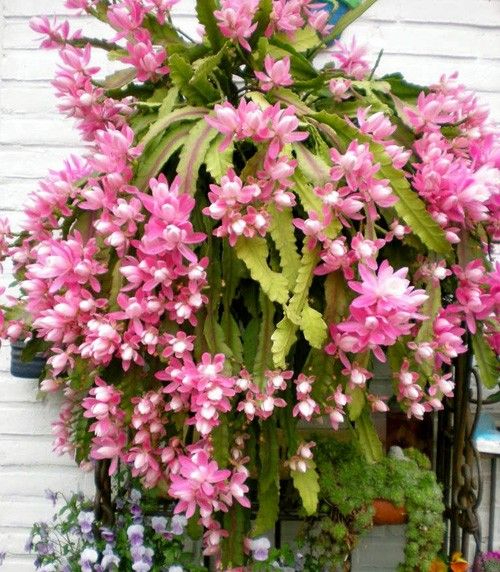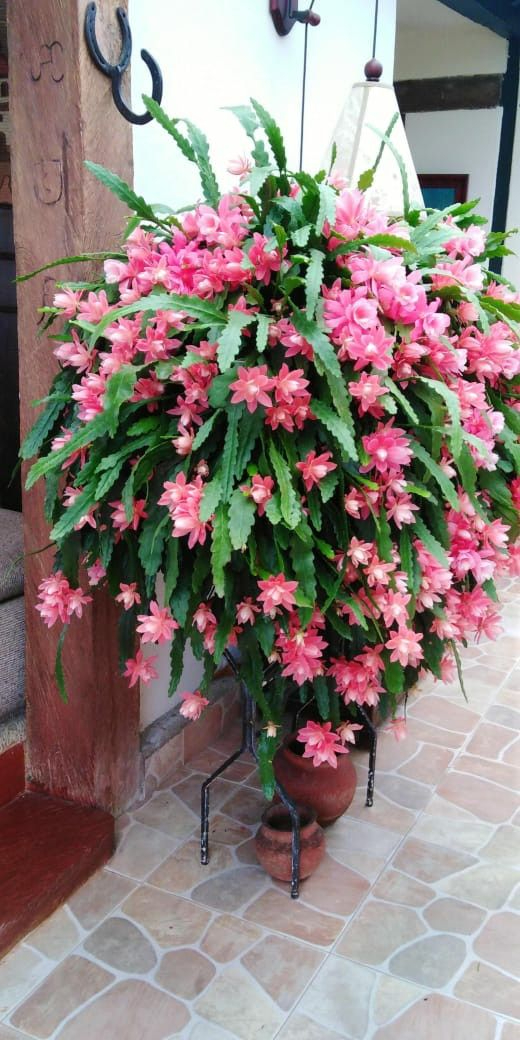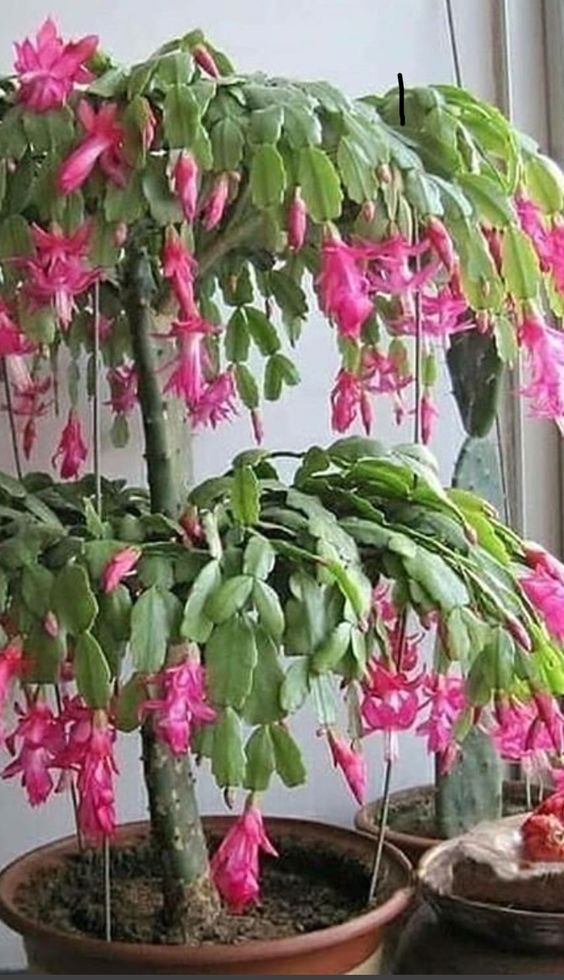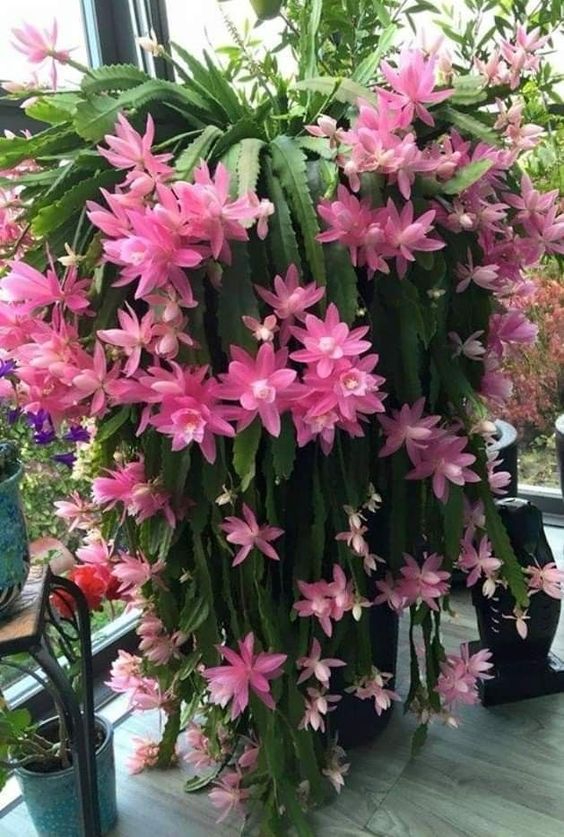The Morning Glory is a fascinating and varied flower in the world of flora. Its striking colors, detailed designs, and symbolic importance have made it a beloved addition to gardens, cultures, and people’s hearts worldwide.

The Morning Glory (Ipomoea spp.) is a beautiful flowering plant that belongs to a vast genus of plants. It is known for its vibrant blooms and twining vines. These flowers come in a range of colors, from deep blues and purples to delicate pinks and whites. Some species even have captivating color gradients that make them even more alluring. Additionally, the unique shapes and patterns of their petals add an extra layer of fascination.

Symbolism and Cultural Significance: Across various cultures and throughout history, Morning Glory flowers have held diverse symbolic meanings. These blooms often represent love, affection, and the transience of life, serving to remind us of the beauty in embracing the present moment. In some traditions, they signify renewal and the beginning of a new day, as they tend to bloom in the morning and close by midday.

Morning Glories are a beloved horticultural choice because of their versatility and easy maintenance. These plants are often used to decorate fences, trellises, and arbors, creating stunning displays of color in gardens. With their quick growth and winding tendencies, they are perfect for adding some vertical interest to your landscape. Additionally, their ability to self-sow and reseed makes them a favorite among gardeners who appreciate natural beauty.
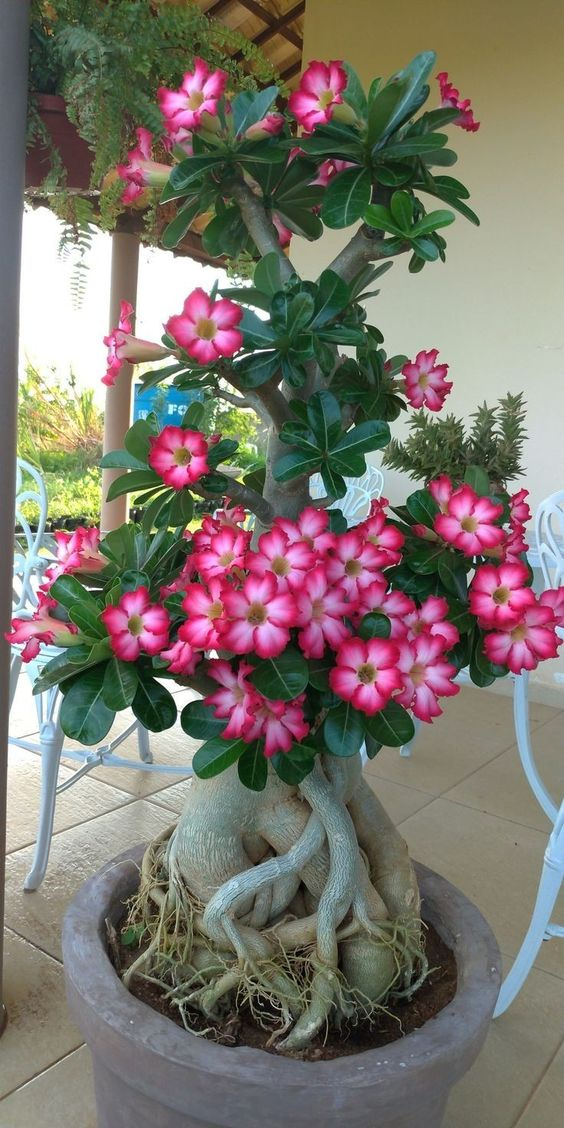
The Morning Glory plant has an interesting blooming behavior that gave it its name. Its flowers tend to open early in the morning and close as the day goes on. This pattern is a result of the interaction between light and internal biochemical processes, which creates a circadian rhythm. Not only does this phenomenon add to its mystique, but it also serves a functional purpose. The Morning Glory’s blooming habit helps attract specific pollinators, such as bees and butterflies, during their most active hours.
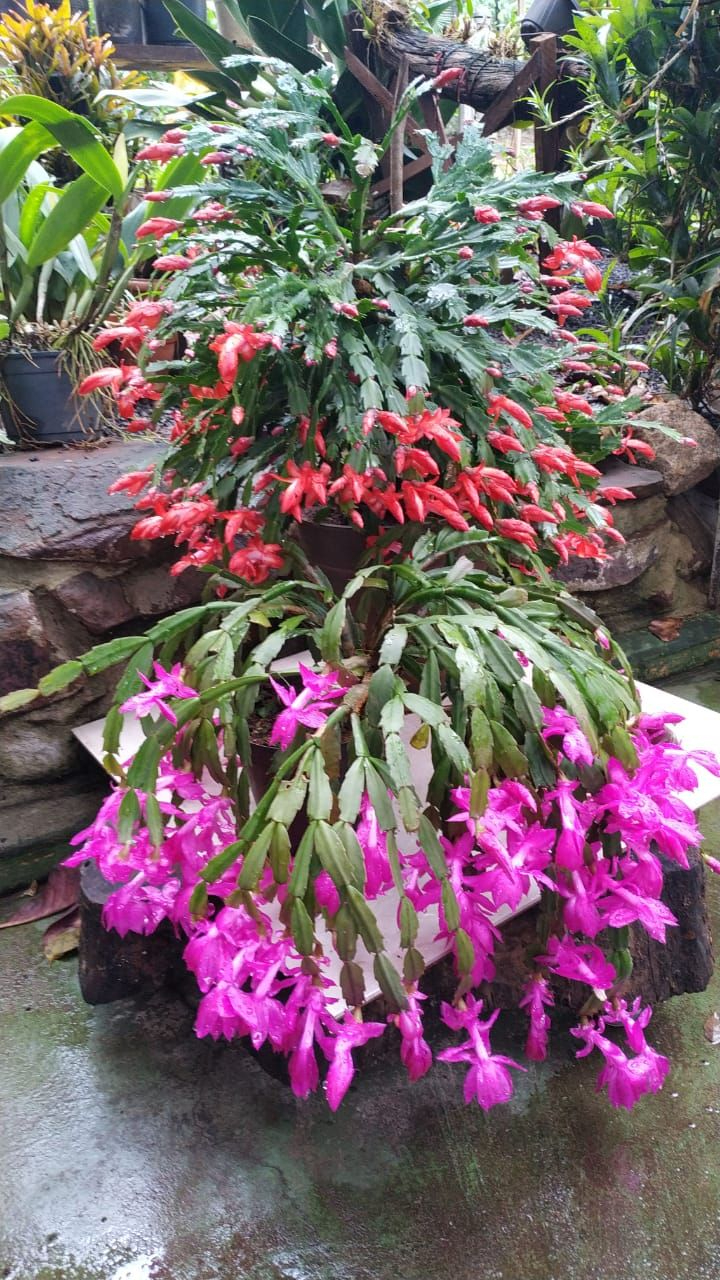
Apart from their attractive appearance, Morning Glory species have been utilized in traditional medicine in certain cultures. Some species contain compounds that have potential medicinal properties, but caution should be exercised due to possible toxicity. In addition, some cultures have used Morning Glory flowers in culinary practices, incorporating them as ornamental edibles or garnishes.
